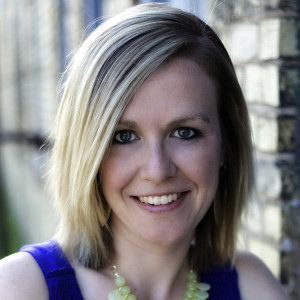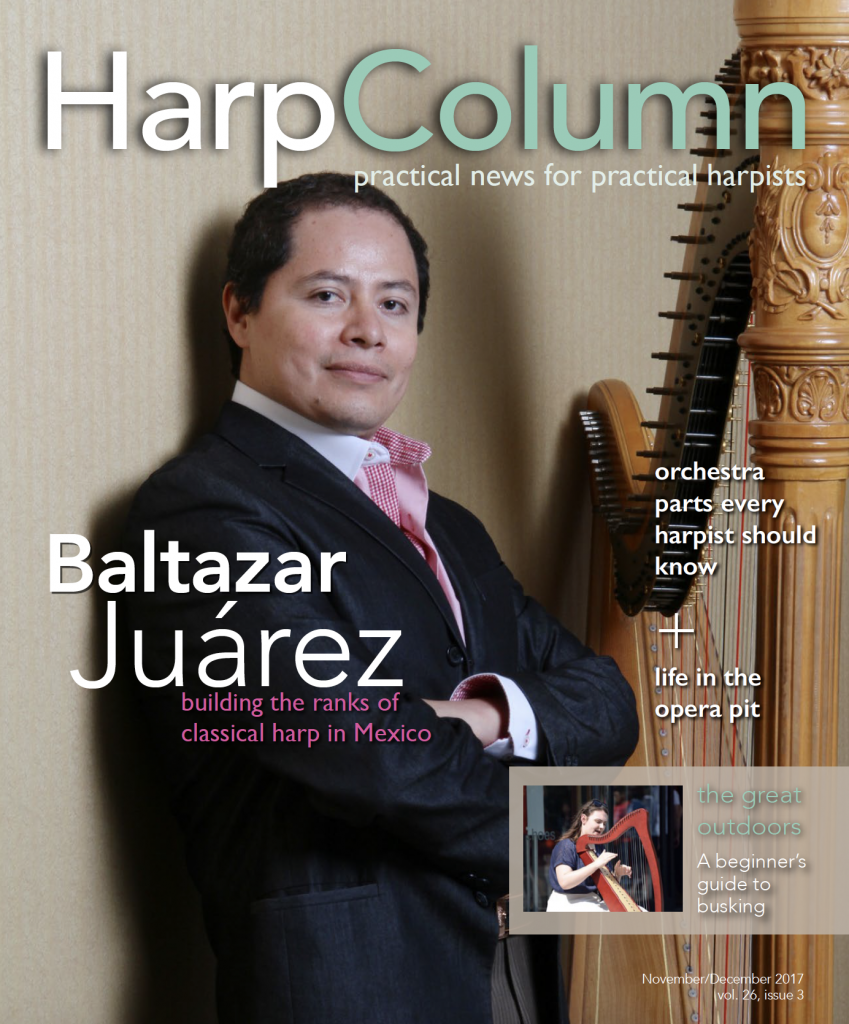The question I get more than any other about my work as the editor of a harp magazine is, “How hard is it to keep coming up with story ideas about the harp?” My answer: Not difficult at all.
In fact, coming up with topics for Harp Column articles might be the easiest part of my job because there are so many fascinating people in the harp community. You need look no further than the harpists behind the stories in this issue.
We’ve wanted to interview harpist Baltazar Juárez for several years, but the timing has never worked out. Finally this summer we were able to catch up with him for an interview (See “Raise the Bar” on pg. 18) as he prepared to host the fifth Mexico International Harp Competition and Festival—an event he founded in his hometown of Mexico City. Little did we know that just eight days after our interview Mexico City would suffer a catastrophic magnitude 8.2 earthquake, followed 11 days later by another magnitude 7.1 tremor.
[Juárez] knows how hard the competitors have worked to prepare for the competition and how much music can be a much needed healing salve following tragedy.
Juárez was all right following the earthquakes, but his country was not. Two of the schools where he teaches were destroyed, and government money that was earmarked for Juárez’s competition and festival was rerouted to help earthquake victims. Given the circumstances, we expected the event to be postponed or even canceled. But Juárez has spent his career building and nurturing the classical harp culture in Mexico. He knows how hard the competitors have worked to prepare for the competition and how music can be a much-needed healing salve following a tragedy. So Juárez is making it happen. Just two months after the earthquakes, harpists from across Mexico and around the world will gather in Mexico City for the competition and festival in what will surely be a welcome distraction from the grueling work of rebuilding lives.
About 3,000 miles north of Mexico City in Vancouver, Canada, Elizabeth Volpé Bligh writes on a subject in which she has three and a half decades of experience in her article, “Top 10 Most Wanted Orchestra Harp Parts” on pg. 30. Bligh is a frequent contributor to Harp Column, and we always get the good end of that deal. She is an fount of orchestral wisdom. What makes this article even better is that Bligh includes additional perspectives from her orchestral colleagues around the world, giving readers a interesting survey of the important orchestral literature for the harp.
You might think orchestral harpists have a lot of repertoire to learn after reading Bligh’s article. But their repertoire list almost seems like a cake walk compared to the epic works required of opera harpists, as Marguerite Lynne Williams writes in her Sounding Board Article, “Trial by Fire Music” on pg. 10. Even if you never plan to play in an opera pit, Williams’ description of the ultra-marathon-level endurance needed to perform four-hour operas night in and night out (not to mention the rehearsals day in and day out) is worth the read. I will no longer complain about my back hurting by the last movement of a Mahler symphony.
There’s no excuse for aching backs in the opinion of busking harpist Sam Hickman. If you pack your equipment correctly, hauling your harp and gear to your pitch for a few hours of busking should be (literally) a walk in the park. Hickman explains this in her practical and passionate beginner’s guide to busking on pg. 24.
Harpists like Juárez, Bligh, Williams, Hickman, and all of the others in Harp Column make my job easy. They are passionate about making authentic connections through their music and are practical enough to make it happen with this crazy instrument. •






